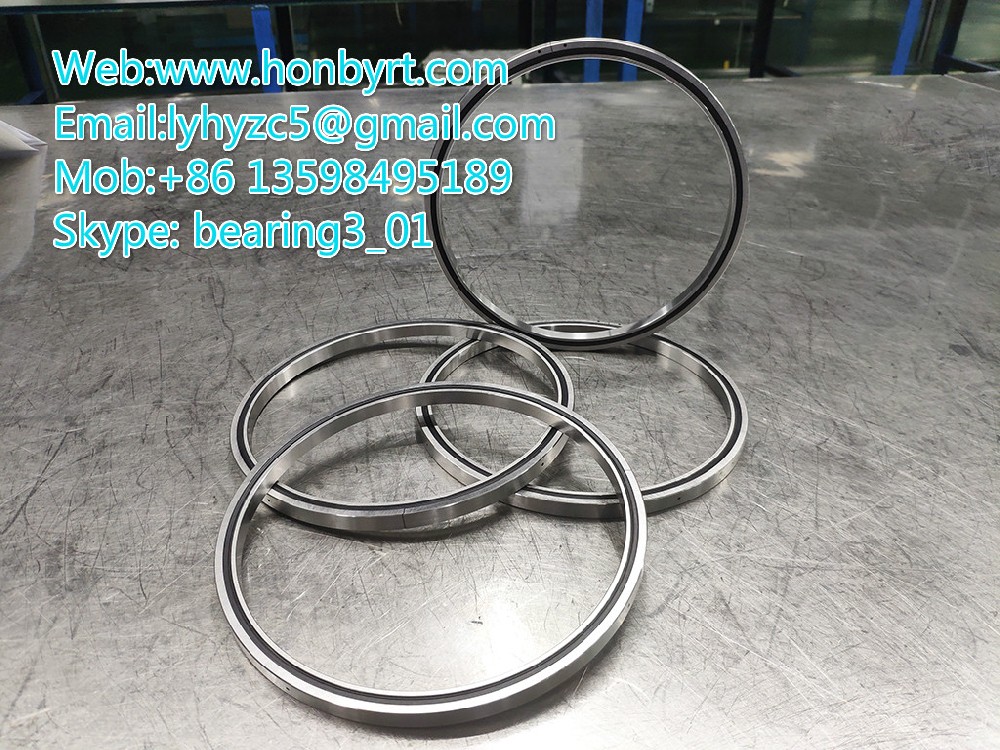1. Excellent rotation accuracy
The internal structure of crossed roller bearings uses rollers arranged at 90° to cross each other perpendicularly. Spacers or isolation blocks are installed between the rollers to prevent the tilt of the rollers or the friction between the rollers, effectively preventing the rotational torque. Increase. In addition, there will be no contact or locking of one roller; at the same time, because the inner and outer rings are divided structures, the gap can be adjusted, and high-precision rotation can be obtained even if preload is applied.
2. Simplified operation and installation
The outer ring or inner ring that is divided into two parts is fixed together after the rollers and retainers are installed, so the installation operation is very simple.
3. Bear large axial and radial loads
Because the rollers are arranged vertically with each other on the 90° V-groove rolling surface through spacers, this design allows the crossed roller bearing to withstand large radial loads, axial loads, moment loads, etc. direction load.
4. Significantly save installation space
The dimensions of the inner and outer rings of crossed roller bearings have been miniaturized to a minimum. The ultra-thin structure in particular has a small size close to the limit and has high rigidity, so it is suitable for the joints or rotating parts of industrial robots and the rotating work of machining centers. It is used in a wide range of applications such as tables, robot rotating parts, precision rotating tables, medical instruments, measuring instruments, and IC manufacturing equipment.
The above are all the advantages of crossed roller bearings for industrial robots. Generally speaking, crossed roller bearings are a very suitable bearing for industrial robots, which can make the joints of industrial robots more flexible, and they have Excellent rotational accuracy and very simple operation. The bearings can carry large axial and radial loads and can greatly save installation space.



